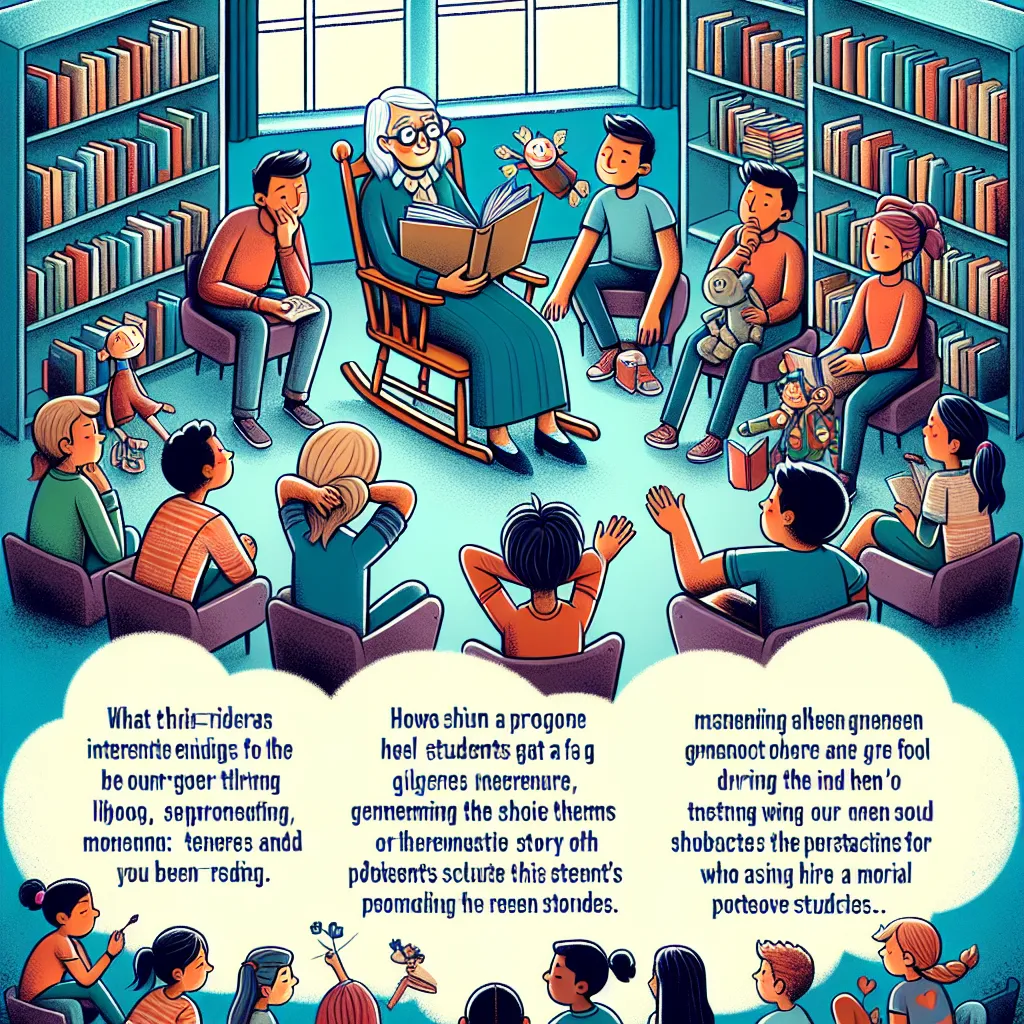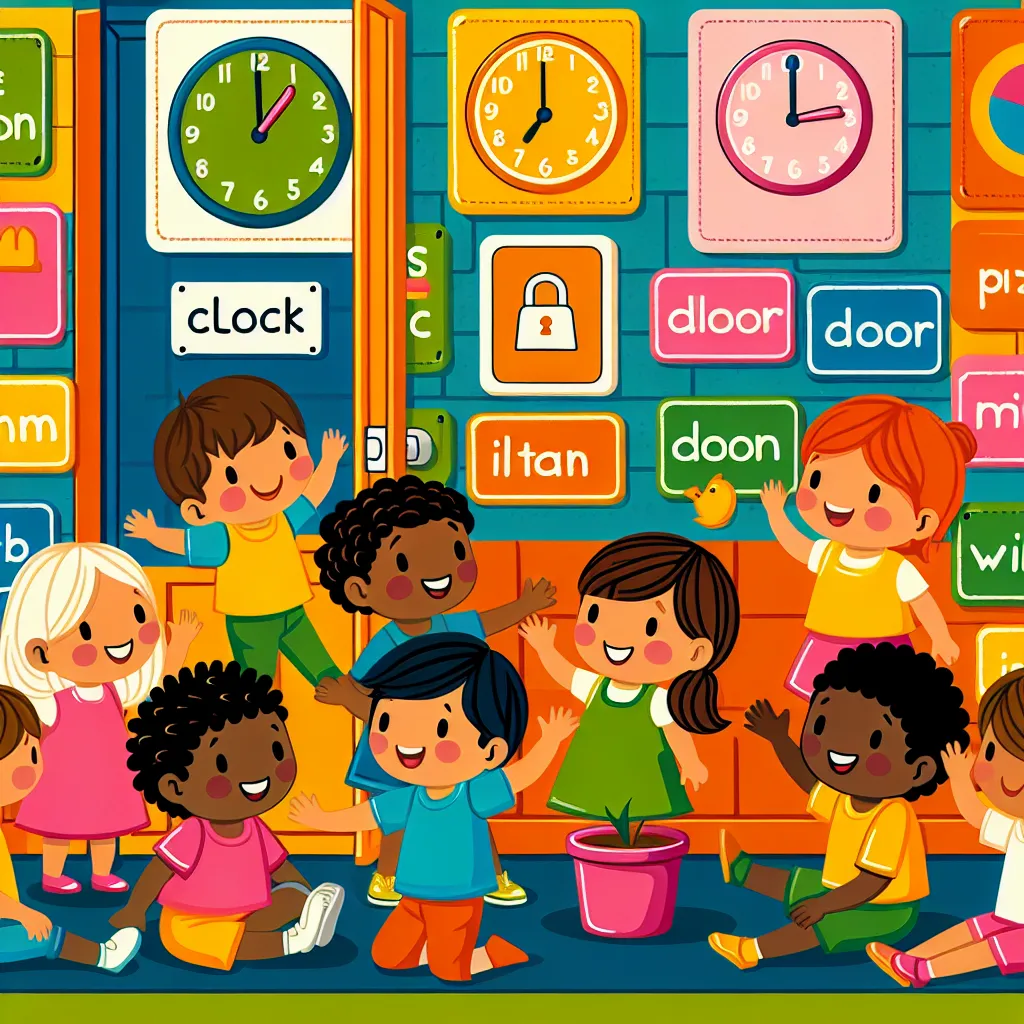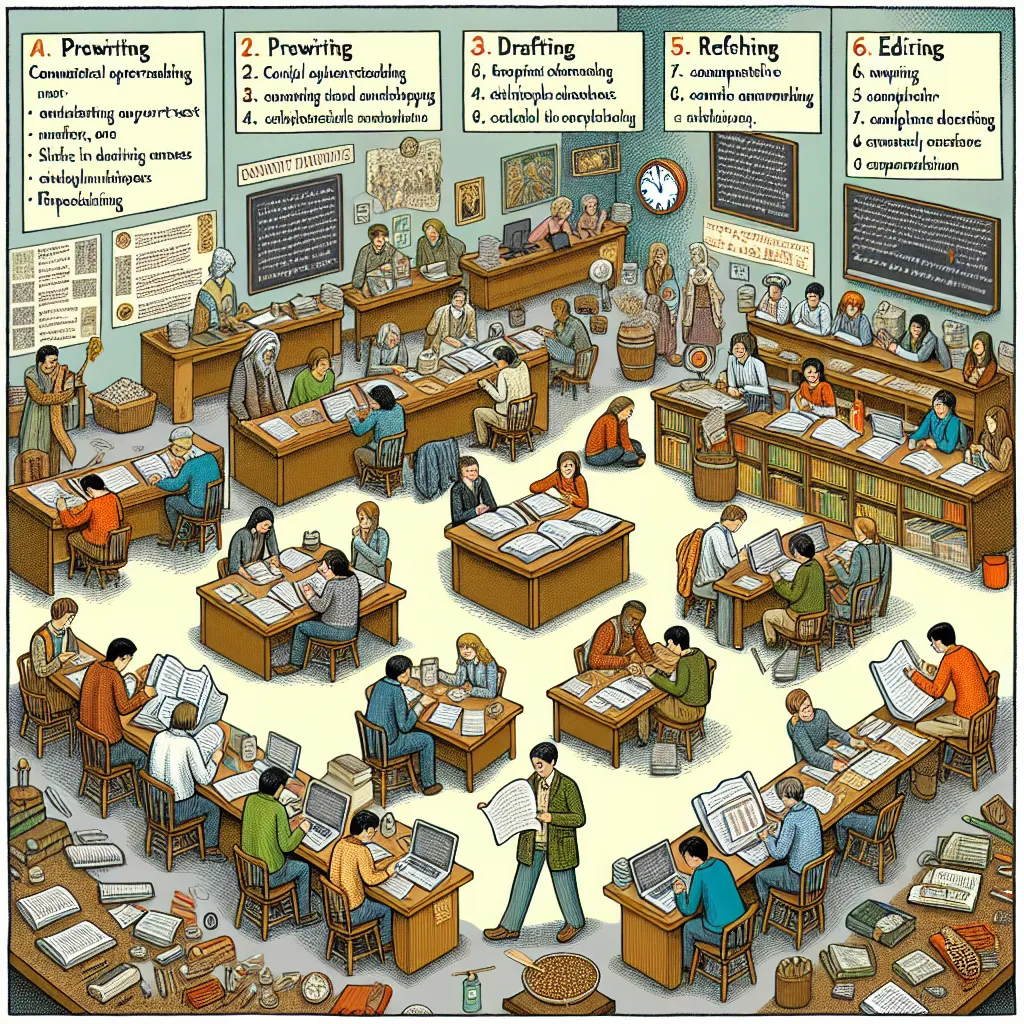Ask AI on The Internet
Question: Explain how you as the teacher would encourage the learners in your class to actively participate in sharing library activities to foster a positive reading culture. Please provide TWO (2) specific examples of interactive activities.
Fostering a positive reading culture in the classroom can significantly enhance students' engagement and enthusiasm for reading. Here are two specific interactive activities designed to encourage active participation in library activities: ### 1. **Book Club Discussions** **Description:** Organize small book clubs within the classroom where groups of students read the same book and meet regularly to discuss it. Encourage each group to choose a book from the library that interests them. Provide a comfortable space in the library for these discussions. **Implementation Steps:** - **Initial Meeting:** Guide students in forming groups based on their interests and selecting a book with the help of the librarian. - **Reading Schedule:** Develop a reading schedule so that group members are reading at roughly the same pace. - **Discussion Prompts:** Provide open-ended discussion prompts to get conversations started (e.g., "What did you think about the main character's decision in chapter 3?" or "How did the setting influence the story?"). - **Role Assignment:** Assign roles within each group, such as Discussion Leader, Question Creator, Summarizer, and Connector (someone who finds connections between the book and real life). Rotate these roles regularly to keep engagement high. - **Presentation:** At the end of the term or after completing the book, have each group present a short summary of their discussions to the entire class, highlighting key insights and personal reflections. **Outcome:** This activity helps students to develop critical thinking and communication skills while actively engaging with texts. The collaborative nature makes reading a social and enjoyable experience, strengthening their connection to the library and each other. ### 2. **"Book Tasting" Event** **Description:** Create a "Book Tasting" event where students can sample a variety of books from different genres within the library. Transform the library or classroom into a literary café, complete with tables, "menus" of book selections, and a cozy, welcoming atmosphere. **Implementation Steps:** - **Preparation:** Arrange tables with a selection of books from different genres. Each table represents a different "course" - for example, appetizers (short stories), mains (novels), desserts (poetry), and specialty drinks (non-fiction). - **Menus:** Create menus that provide a brief synopsis of each book available at the table, enticing students to try a variety. - **Tasting Time:** Allow students to spend a set amount of time at each table, sampling the books by reading the first few pages or a selected excerpt. - **Reflections:** Provide "Tasting Notes" sheets where students can jot down their first impressions, favorite excerpts, and whether they would like to continue reading the book. - **Sharing:** After the tasting, hold a sharing session where students can talk about which books they found intriguing and why. Encourage them to check out the books they enjoyed from the library. **Outcome:** The "Book Tasting" event introduces students to a variety of genres and authors in a fun, low-pressure setting, sparking curiosity and interest in reading. It also encourages students to explore books they might not have picked up on their own, broadening their literary horizons. By incorporating these interactive activities, you can create a dynamic and engaging library experience that fosters a love of reading and a positive reading culture among your students.
Think your answer is better than the AI's? Post it below.
Other Most Relevant Posts:
 1. Encouraging Participation in Library Activities
2. Creating Memorable Reading Experiences
3. Engaging Imagination with Alternative Endings
4. Personalized Storytelling Approach
5. Introducing
1. Encouraging Participation in Library Activities
2. Creating Memorable Reading Experiences
3. Engaging Imagination with Alternative Endings
4. Personalized Storytelling Approach
5. Introducing
 1.1 Encouraging Library Participation
1.2 Memorable Reading Experience
1.3 Engaging Imagination
1.4 Personalized Reading
1.5 Moral Dilemma in Reading
1.1 Encouraging Library Participation
1.2 Memorable Reading Experience
1.3 Engaging Imagination
1.4 Personalized Reading
1.5 Moral Dilemma in Reading
Question Tags
If you want your question answered by an AI, click here.





Post your own comment: